Kensaku Kawamoto
Learning Hidden Patterns from Patient Multivariate Time Series Data Using Convolutional Neural Networks: A Case Study of Healthcare Cost Prediction
Sep 14, 2020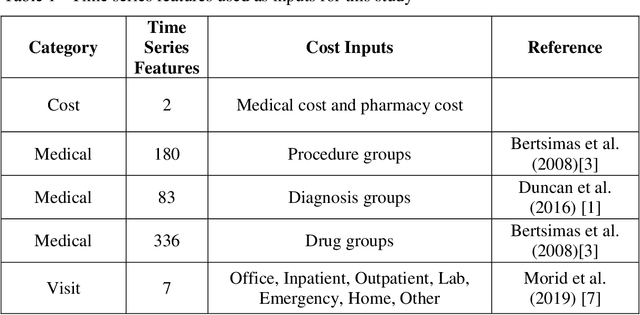
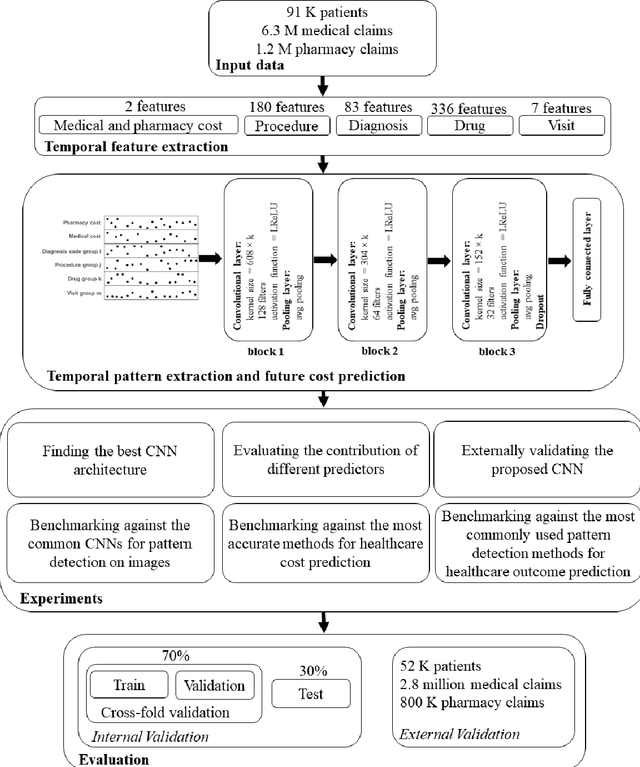
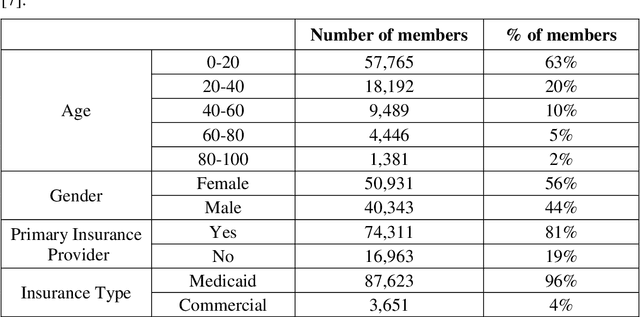
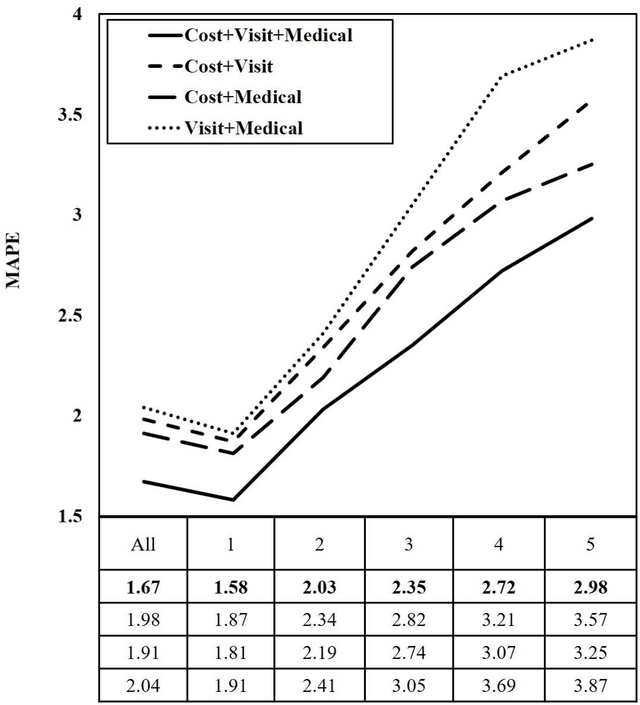
Abstract:Objective: To develop an effective and scalable individual-level patient cost prediction method by automatically learning hidden temporal patterns from multivariate time series data in patient insurance claims using a convolutional neural network (CNN) architecture. Methods: We used three years of medical and pharmacy claims data from 2013 to 2016 from a healthcare insurer, where data from the first two years were used to build the model to predict costs in the third year. The data consisted of the multivariate time series of cost, visit and medical features that were shaped as images of patients' health status (i.e., matrices with time windows on one dimension and the medical, visit and cost features on the other dimension). Patients' multivariate time series images were given to a CNN method with a proposed architecture. After hyper-parameter tuning, the proposed architecture consisted of three building blocks of convolution and pooling layers with an LReLU activation function and a customized kernel size at each layer for healthcare data. The proposed CNN learned temporal patterns became inputs to a fully connected layer. Conclusions: Feature learning through the proposed CNN configuration significantly improved individual-level healthcare cost prediction. The proposed CNN was able to outperform temporal pattern detection methods that look for a pre-defined set of pattern shapes, since it is capable of extracting a variable number of patterns with various shapes. Temporal patterns learned from medical, visit and cost data made significant contributions to the prediction performance. Hyper-parameter tuning showed that considering three-month data patterns has the highest prediction accuracy. Our results showed that patients' images extracted from multivariate time series data are different from regular images, and hence require unique designs of CNN architectures.
Healthcare Cost Prediction: Leveraging Fine-grain Temporal Patterns
Sep 14, 2020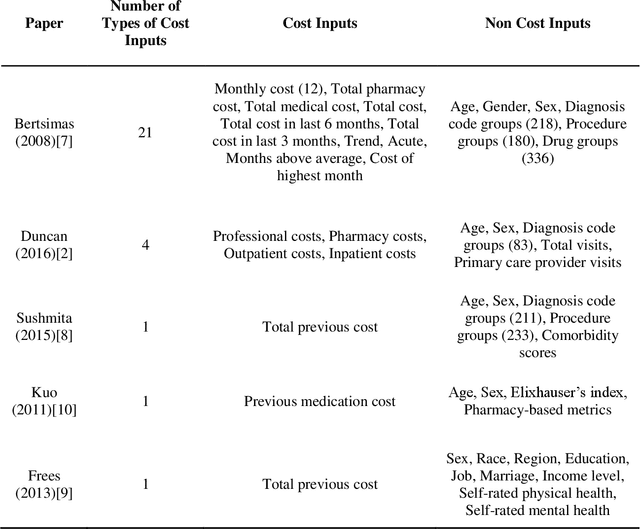
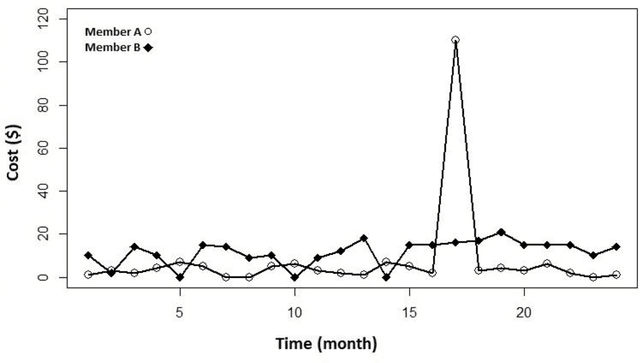
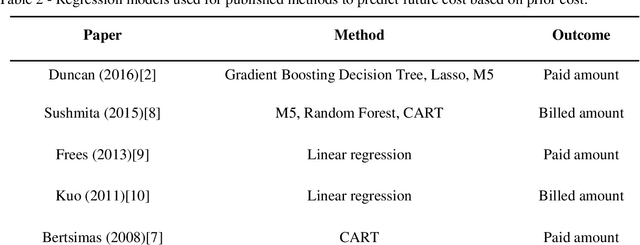
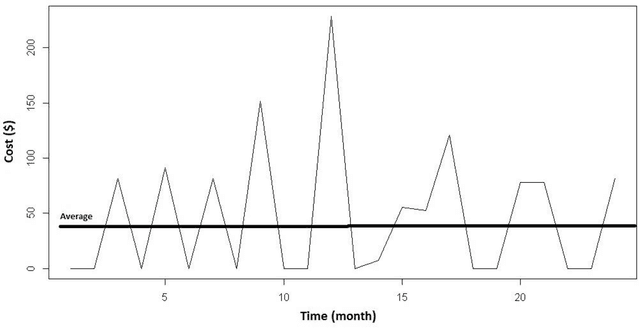
Abstract:Objective: To design and assess a method to leverage individuals' temporal data for predicting their healthcare cost. To achieve this goal, we first used patients' temporal data in their fine-grain form as opposed to coarse-grain form. Second, we devised novel spike detection features to extract temporal patterns that improve the performance of cost prediction. Third, we evaluated the effectiveness of different types of temporal features based on cost information, visit information and medical information for the prediction task. Materials and methods: We used three years of medical and pharmacy claims data from 2013 to 2016 from a healthcare insurer, where the first two years were used to build the model to predict the costs in the third year. To prepare the data for modeling and prediction, the time series data of cost, visit and medical information were extracted in the form of fine-grain features (i.e., segmenting each time series into a sequence of consecutive windows and representing each window by various statistics such as sum). Then, temporal patterns of the time series were extracted and added to fine-grain features using a novel set of spike detection features (i.e., the fluctuation of data points). Gradient Boosting was applied on the final set of extracted features. Moreover, the contribution of each type of data (i.e., cost, visit and medical) was assessed. Conclusions: Leveraging fine-grain temporal patterns for healthcare cost prediction significantly improves prediction performance. Enhancing fine-grain features with extraction of temporal cost and visit patterns significantly improved the performance. However, medical features did not have a significant effect on prediction performance. Gradient Boosting outperformed all other prediction models.
 Add to Chrome
Add to Chrome Add to Firefox
Add to Firefox Add to Edge
Add to Edge